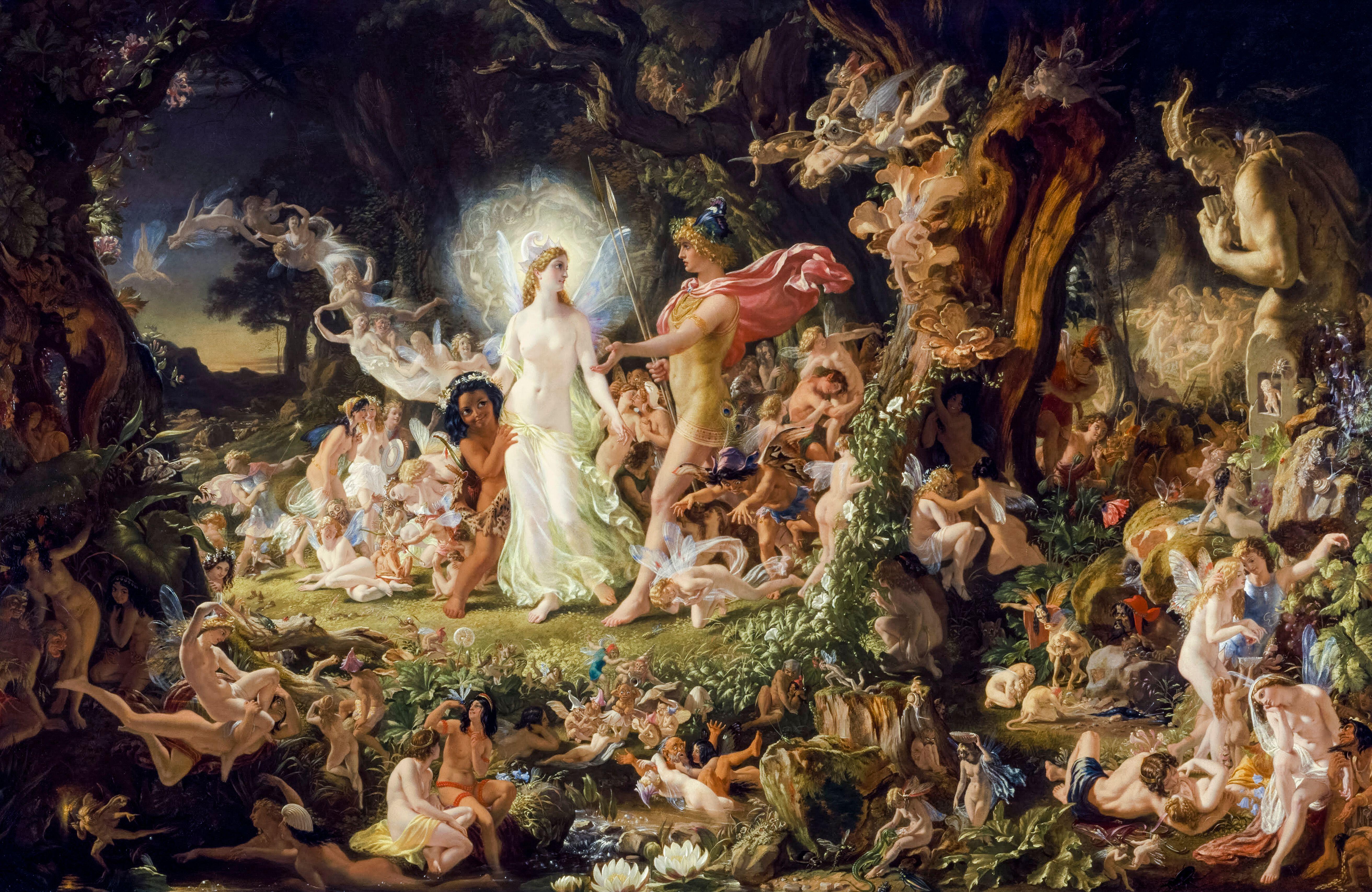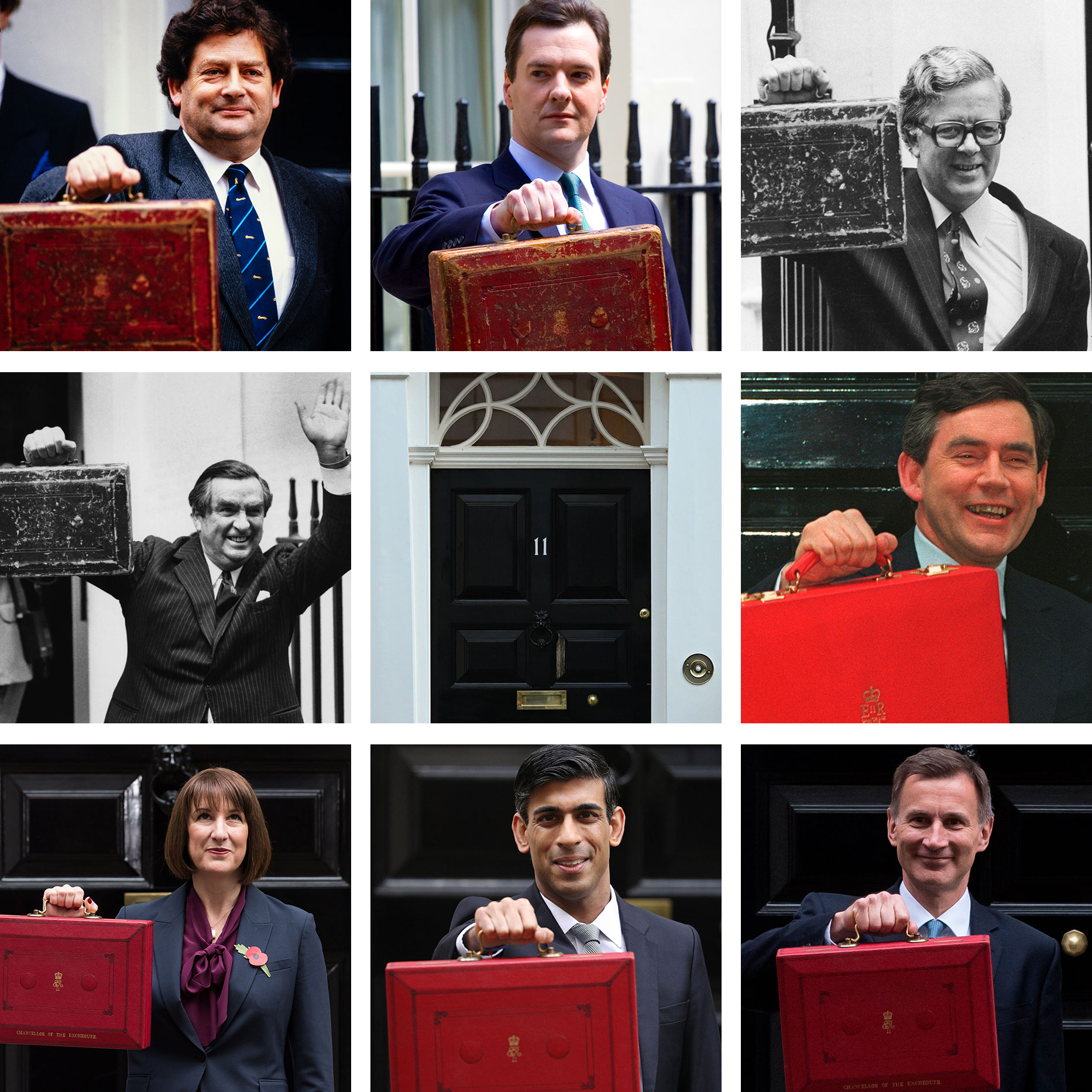‘They remain, really, the property of all of those who love them, know them, and tell them. They are our stories, the inheritance of the people of Scotland’: The Anthology of Scottish Folk Tales


One of the great annoyances of life — or so it always seems to happen anyway — is that the more beautiful a book, the greater the likelihood that you lose it on a train somewhere, or you take it to a wedding, as something to read in case the service runs on, and inevitably you leave it at the bar. Quite where my exquisite copy of the Anthology of Scottish Folk Tales has gone, I’m not sure, but I was enjoying it so much that I went out the day after I lost it and bought a replacement, as well as two further copies as gifts. One for an old Border Country poet, the other for a small baby who will have the tales read to him in time. This is a book for storylovers of all ages and it is a book to return to again and again.
From the tale of ‘The Last Highwayman of Dalkeith’ to the story of ‘The Borrowed Boat’, which was once a fireside favourite in Shetland, the range of these yarns is remarkable. There is a sense in which they tell Scotland’s story. To read them is to understand that country and yet they call into question the extent to which it is one entity at all. They give a fascinating sense of Scotland not being a homogenous place, but a place of distinct regions and distinct cultures. Those of you familiar with East Anglian tales of black shuck, will find something relatable, for instance, in the account of ‘The Mauthe Dog of Midlothian’, whereas there is a very Scandinavia timbre to ‘The Mermaid Bride’, a yarn about a ‘finnwoman’ who seeks and eventually succeeds in luring a handsome Orcadian down into the watery depths of the Finfolkaheem. Scotland, The Anthology of Scottish Folk Tales, makes it clear, is rich in stories not because it is out on a limb as people often suppose, but because it is actually in the middle of things, a sort of cultural crossroads.

The dramatic Scottish landscape is fertile ground for the imagination.
One of the most striking things the anthology brings to mind is that in the past, magic was thought to be in the realms of the possible. We don’t, I think, believe now that fairies really do steal children and replace them with changelings, as happens in the tale of ‘Margaret and the Three Gifts’, but when the story — with its obvious Christian subtext (think of the Wise Men) — was told a century ago, people really did believe that ‘the good people’, as they are called, existed in mounds across the Highlands and Islands. It was thought that their homes were not accessible most of the year, but could be seen into during Halloween, which was always much bigger in Scotland than south of the border. It is a sad thing to live in a world that has been drained of a sense of magic and wonder and yet, this collection in itself is a sort of ‘thin place’, — that Celtic concept of a location where the veil between the human and the spiritual is thought to be at its narrowest. To read The Anthology of Scottish Folk Tales is to connect in a way with the dark and the divine.
'It is a sad thing to live in a world that has been drained of a sense of magic and wonder'
But these are not all tales about the fantastical — some of them are presented as nigh-on true accounts of life as it was lived not so long ago, life of a sort that might seem impossibly distant to somebody in London’s Zone 3 in 2025, but that might be more tangible to old folks still living in the places these stories are set. One such story bears the headline ‘A Disappearance’, which feels like it could have once appeared in the Stornoway Gazette and the note it begins with reads ‘clearly based on actual incident’. The tale itself is about a lady whose fisherman husband gets lost at sea and she remarries only for the husband to reappear again some time later. But details that stay with me are that ‘at that time, in the Hebrides, it was hardly possible for a widow to make a life on her own. It was backbreaking work, building up any depth of soil for cultivation and carrying seaweed from the shore to nourish the peaty ground.’ It was custom, apparently, that after it was presumed a woman’s husband could no longer be living (after not returning from sea) that ‘a widow was then free to remarry and start a new life. Often a brother or cousin of a missing man.’ Similarly, there is very interesting detail on the role of different types of fish in the Hebridean diet and the way they were processed — ‘cod and ling could be salted, dried and sold. The halibut or turbot did not cure well so this was shared out and eaten fresh.’
The other fascinating thing, from an historical perspective, are the brief accounts of those people who have collected stories over the years. Memorably, there is ‘great-aunt Sarah’ a 92-year-old lowlander, and a great fount of stories, who spends her days foraging the hedgerows of Roslin Glen. There is also Duncan J. Robertson, a Kirkwall lawyer (Kirkwall being the administrative capital of Orkney), who collected the tale of ‘The Peerie Fool’ (‘peerie’ meaning ‘little’ in the Orcadian dialect). Robertson passed the story to Andrew Lang of the famous Lang’s Fairy Books. It is interesting, I think, that Lang, like many other publishers over the years, has hit on stories like ‘The Peerie Fool’ as a commercial proposition. Lang, a great man of letters, published a collection of folk tales every year in an age when publishing was a lucrative business, and yet they remain, really, the property of all of those who love them, know them, and tell them. They are our stories, the inheritance of the people of Scotland.
'I very much hope that whoever picked up my missing copy is, as I write, reading in wonder'
It should be said too that for all that folk tradition is fetishised and for all that scholars write papers on folk culture, at the end of it all these stories endure because on a very basic level they are excellent. They are memorable, they paint rich pictures of the landscape, and they have twists, turns, and morals. Crucially, they have pace. These might be the stories of Scotland, whatever that means, but they all appeal to something very human. We are united across the world by our love of Yarns — from Shetland to Southern Africa. I read the first half of the book in one go purely on arrative merit alone. But as I say these are not my stories, they belong to us all, and I very much hope that whoever picked up my missing copy is, as I write, reading in wonder.
'The Anthology of Scottish Folk Tales Volume Two' is out now (The History Press, £14.99)
Exquisite houses, the beauty of Nature, and how to get the most from your life, straight to your inbox.
Patrick Galbraith is an author, journalist, former editor of Shooting Times, and a regular contributor to Country Life.
-
 'Good news, let’s make the £20 million deal happen': The Mansion Tax that turned out to be 'the least worst outcome for prime property', and the places that will be hit
'Good news, let’s make the £20 million deal happen': The Mansion Tax that turned out to be 'the least worst outcome for prime property', and the places that will be hitWhere in Britain are the £2 million homes set to be hit by the Mansion Tax? Anna White takes a look.
-
 A very taxing quiz indeed: Country Life Quiz of the Day, November 26, 2025
A very taxing quiz indeed: Country Life Quiz of the Day, November 26, 2025Test your general knowledge in today's Quiz of the Day.
-
 Why you absolutely need an electric Bentley Blower furnished with Russian reindeer leather
Why you absolutely need an electric Bentley Blower furnished with Russian reindeer leatherA collaboration between Hedley Studios and The King's shoemaker George Cleverly has produced something rather remarkable. Jeremy Taylor goes for a drive.
-
 Kilt status: A history of the iconic Scottish skirt, from wartime wrap to punk protest
Kilt status: A history of the iconic Scottish skirt, from wartime wrap to punk protestEverything you need to know about the kilt — apart from what to wear underneath one.
-
 The Glovebox: Return of the Bentley Supersports, the ultimate rural Range Rover and the car collection fit for The King
The Glovebox: Return of the Bentley Supersports, the ultimate rural Range Rover and the car collection fit for The KingA century after it was the first Bentley to top 100mph, the Supersports is back and looking better than ever.
-
 'The night smells like engine oil… and money': Singapore’s glittering night race paved the way for a new era of city-centre Grands Prix
'The night smells like engine oil… and money': Singapore’s glittering night race paved the way for a new era of city-centre Grands PrixIt's the Las Vegas Grand Prix this weekend, but it and other city-centre Grand Prix would be nothing without trailblazing Singapore. Natasha Bird explains how the city state got it so right.
-
 McLaren's three Ellas and the future of motorsport
McLaren's three Ellas and the future of motorsportMcLaren is rewiring the pipeline for women, on track and across the motorsport landscape
-
 The real deal: Can you tell the difference between mined and synthetic diamonds?
The real deal: Can you tell the difference between mined and synthetic diamonds?And would you buy a watch studded with laboratory-made ones?
-
 Who won the rivalry between Turner and Constable? It was us, the public
Who won the rivalry between Turner and Constable? It was us, the publicA forthcoming exhibition at Tate Britain that revives the rivalry between these two 19th century painters sheds new light on their relationship.
-
 Audi has been designing icons for 60 years. Here are some of the best
Audi has been designing icons for 60 years. Here are some of the bestFrom the first Quattro, to the TT and the R8, Audi has always been able to turn a head. Adam Hay-Nicholls, our man in Rioja, explains why.
